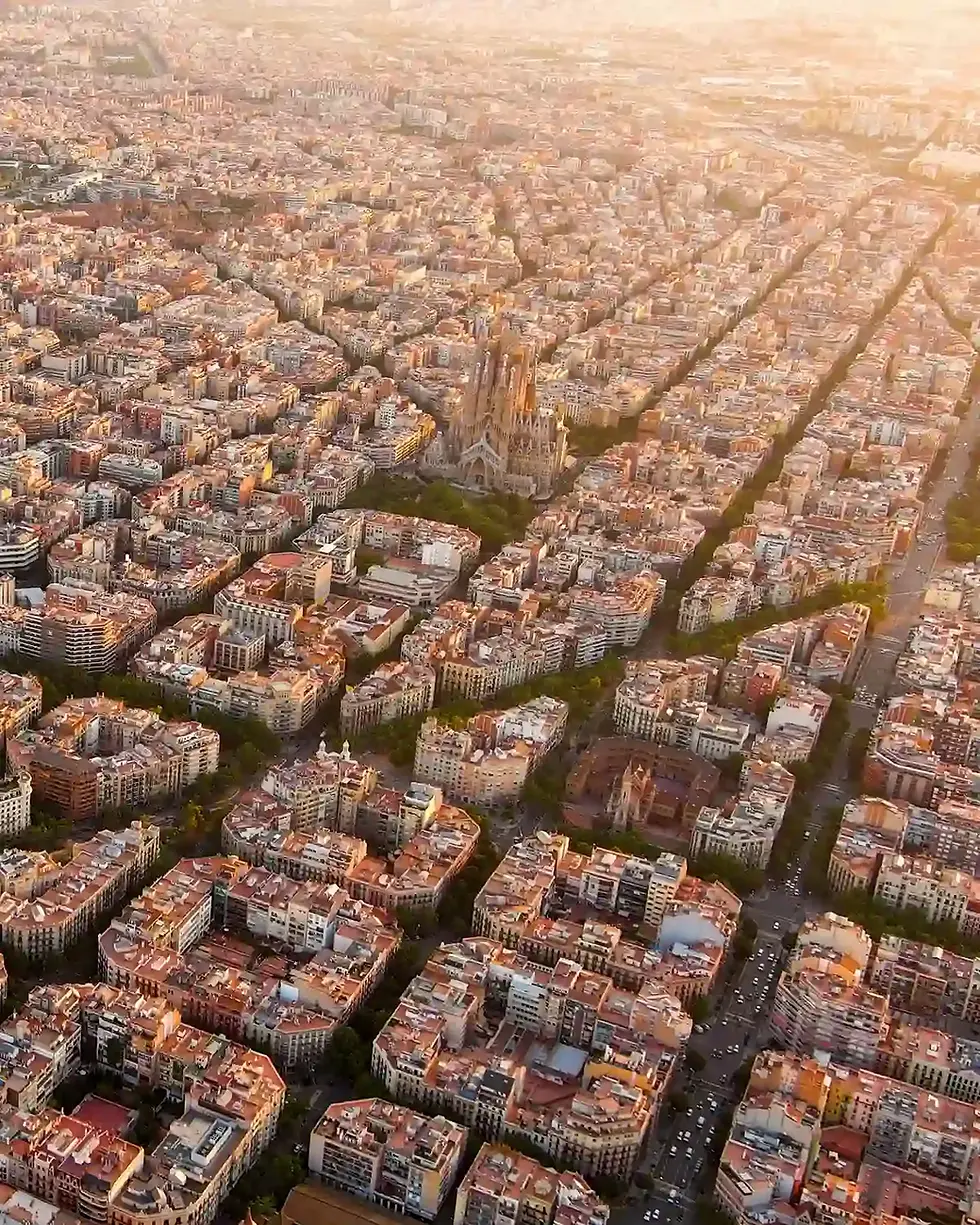Pamplona: A mix of Hemingway, bulls and pilgrims
- The editorial team

- Dec 11, 2023
- 3 min read
Updated: Jan 3, 2024

Pamplona is a city that will make your heart race whether you run with the bulls or not.
Advertisement
The running of the bulls in Pamplona, or the encierro, is world-famous. It takes place every year in July as part of the festival of San Fermín. This tradition dates back to the 14th century when cattle herders would run in front of the bulls to guide them from the fields to the bullring. Over time, this practice became a competition and a spectacle, attracting thousands of runners and spectators worldwide.
Advertisement
The run is risky and exhilarating, requiring courage, skill, and respect for the enormous bulls. The route is 875 meters long and goes through narrow and crowded streets, ending at the Plaza de Toros, where matadors later fight the bulls. The run usually lasts between two and three minutes and is preceded by a chant to San Fermín, the patron saint of Pamplona, asking for his protection.
Hemigway loved Panplona

One of the most famous visitors to Pamplona was the American writer Ernest Hemingway, who came to the city for the first time in 1923 and was fascinated by the running of the bulls and the bullfighting. He wrote about his experiences in his novel The Sun Also Rises, which made Pamplona and San Fermín internationally known.
Advertisement
Hemingway returned to Pamplona several times, and today, you can follow his footsteps and visit some of his favourite places, such as the Café Iruña, where he used to drink and chat, or the Hotel La Perla, where he stayed in room 217 overlooking the bull run route. You can also see a statue of Hemingway leaning on the counter of the café or a monument dedicated to him near the bullring.
The history of Pamplona
Pamplona was founded by the Roman general Pompey in the 1st century BC and was later conquered by the Visigoths, the Moors, and the Franks. In the 9th century, it became the capital of the Kingdom of Navarre, a powerful and independent state that resisted the expansion of the neighbouring kingdoms of Castile and Aragon.
Not into running with the Bulls?

If you are not brave enough to run with the bulls, there are plenty of other things to do and see in Pamplona during the San Fermin. You can watch the daily processions of the giants and bigheads, colourful and humorous figures representing different historical and mythical characters.
Explore Pamplona's old town and admire its medieval walls, churches, and palaces. You can visit the Cathedral of Santa María la Real. This Gothic masterpiece houses the tomb of the kings of Navarre, or the Navarra Museum, which displays art and artefacts from the region's history.
Advertisement
Modern Pamplona
Despite its long history, Pamplona is also a modern and vibrant city that offers a variety of cultural and leisure activities. You can enjoy the city's green spaces, such as the Citadel, a 16th-century fortress converted into a park, or the Taconera Gardens, a romantic and elegant garden hosting a small zoo.
Nightly entertainment

Pamplona has a large student population thanks to the University of Navarra, one of the best private universities in Spain, and the Public University of Navarra. The students give the city a youthful and dynamic atmosphere, especially in the bars and clubs of the city centre.
You can find various places to drink, listen to music, or dance the night away. Some of the most popular areas are the Plaza del Castillo, the Calle Estafeta, and the Calle San Nicolás.
Pilgrims

As one of the main stops on the Camino de Santiago, the ancient route leading to the apostle James's shrine in Santiago de Compostela, thousands of pilgrims pass through Pamplona.
Advertisement
The city is the first major city that pilgrims encounter after crossing the Pyrenees from France, one of the most challenging and scenic sections of the Camino Frances. Pamplona offers pilgrims a chance to rest, replenish, and enjoy its historical and cultural attractions.
Further afield

You can venture outside the city and discover the natural wonders of Navarra, such as the Bardenas Reales, a semi-desert landscape that has been declared a Biosphere Reserve by UNESCO, or the Irati Forest, one of the most giant and most beautiful beech and fir forests in Europe.
Advertisement
Visit some charming villages and towns of Navarra, such as Olite, where you can see the impressive Royal Palace. This Gothic jewel was the residence of the kings of Navarre, or Estella, a medieval town part of the Camino de Santiago.
Advertisement



















